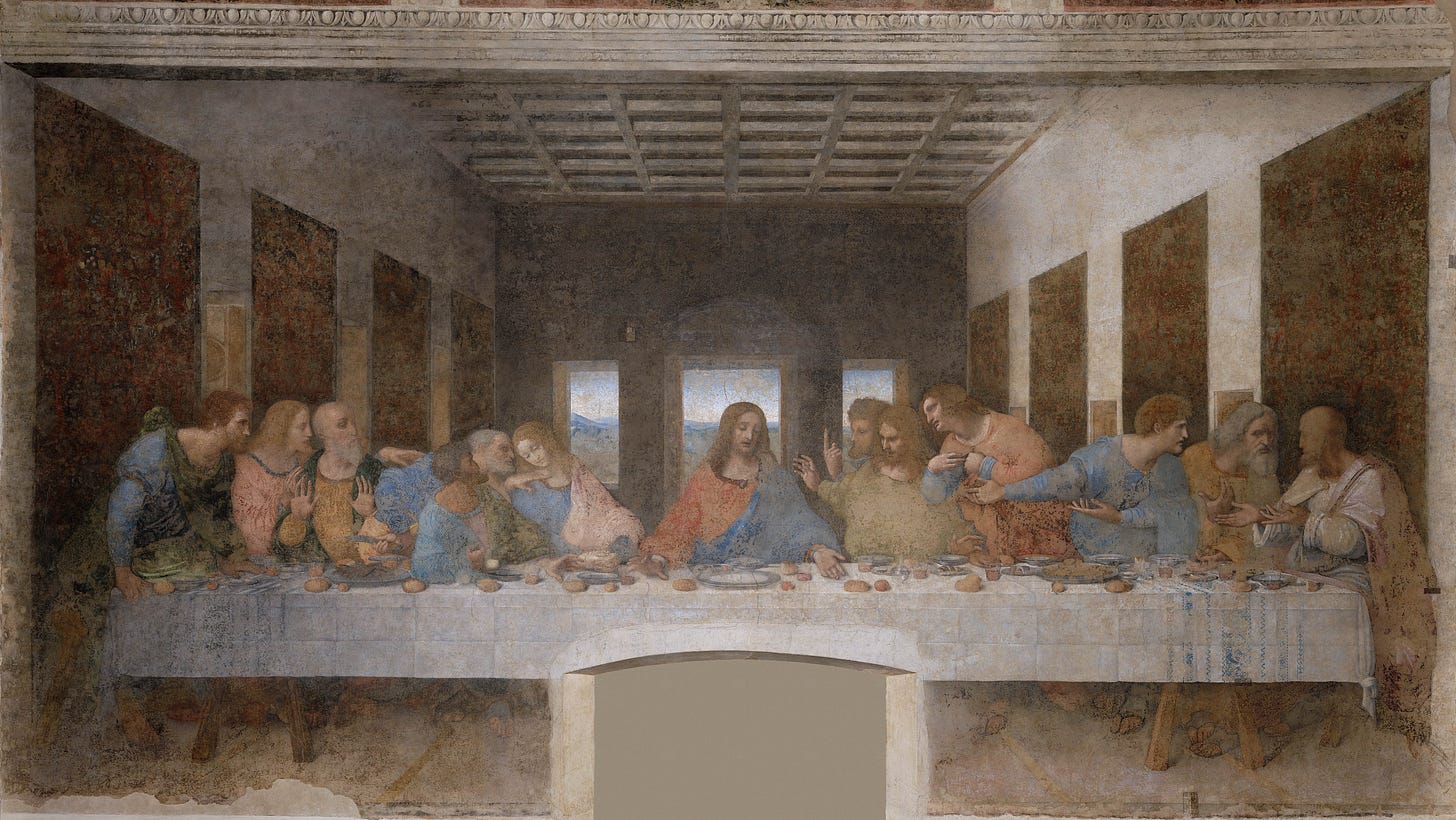Who Among Us?
Servant leadership asks more

“No man can serve two masters.”
— Matthew 6:24
With Passover and Easter looming this weekend, it seems only natural to turn to some religious literature for inspiration.
I’ll be the first to admit that I’m not terribly religious, but I recognize the truths of the teachings of various spiritual leaders, and due to my upbringing, I’m the most familiar with the Bible.
This isn’t meant to be a sermon, but rather an observation of a type of leadership that is as profound as it is simple.
And the way I arrived at this topic is what you might call oblique.
In the last season of the Timeless Leadership podcast, I had a wonderful conversation with Jim Rafferty, author of Leader By Accident, during which he talked about his “Scoutmaster Minute” — a monologue he gave at each troop meeting.
In preparing those, Jim would find inspiration from a variety of sources and in turn, would inspire the scouts in his troop.
Similarly, I try to read widely and listen closely to as many pieces of content as I can, all attuned with an ear toward leadership. And I keep a running journal of topics worthy of developing into these little missives.
Some of them are nothing more than an idea for a title or a phrase, and some of them don’t even make it to the OneNote folder; some are jotted on index cards or note paper on my desk.
I’ve had one lying around for a while: “Who Shall We Turn To?” scrawled across it.
So when I was at church on Sunday and heard the phrase “Who among us?” from the pulpit, my ears perked up, and (I’ll admit it) my attention was suddenly focused. Not an exact fit, but close enough.
The scene is during Passover, or what we now call the Last Supper, when Jesus joined his disciples, shared a meal with them, and predicted their betrayal of him.
Now, as an aside, I recently recorded a new episode of Timeless Leadership with legendary leadership development author and consultant Ken Blanchard on the topic of servant leadership, so the concept was on my mind. (That episode airs later this week.)
So as the story of the Last Supper continued, we find a wonderful demonstration of that very concept of the servant leader:
“The kings of the Gentiles rule over their subjects, and those in authority over them are called ‘friends of the people.’ But that’s not the way it will be with you. Instead, the greatest among you must become like a person of lower status and the leader like a servant. So which one is greater, the one who is seated at the table or the one who serves at the table? Isn’t it the one who is seated at the table? But I am among you as one who serves.” — Luke 22: 25-27
The Gospels are known for approaching the same scenes with different descriptions. In John’s version of the Passover meal, Jesus washes the feet of all of his disciples, helping them to understand this profound act of humility and service:
“If I, your Lord and teacher, have washed your feet, you too must wash each other’s feet. I have given you an example: just as I have done, you also must do. I assure you, servants aren’t greater than their master, nor are those who are sent greater than the one who sent them.” — John 13: 14-16
It’s an honor to serve
The first time I expressed to Alan Mulally what an amazing job he was doing as CEO of Ford Motor Company, I was taken aback by his response.
Typically you’d expect someone to retort with the perfunctory “Thank you.”
But Alan replied, “It’s an honor to serve.”
That simple phrase encapsulated Alan’s approach to leadership: service.
One of the other phrases I would come to hear him repeat during our time together was “To serve is to live.”
Servant leaders understand the dual nature of their role:
The leadership aspect, focused on vision, planning and execution, involving others in the development of that direction together.
Keep reading with a 7-day free trial
Subscribe to Timeless & Timely to keep reading this post and get 7 days of free access to the full post archives.




